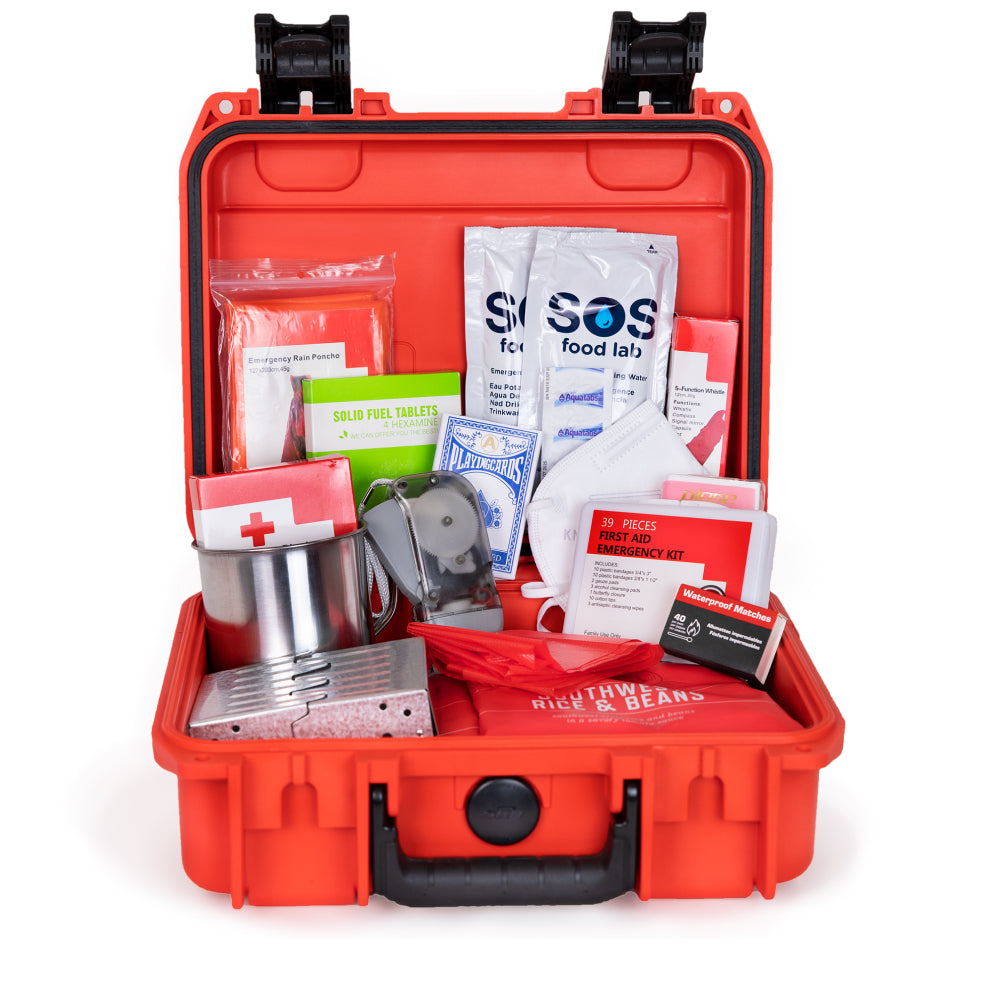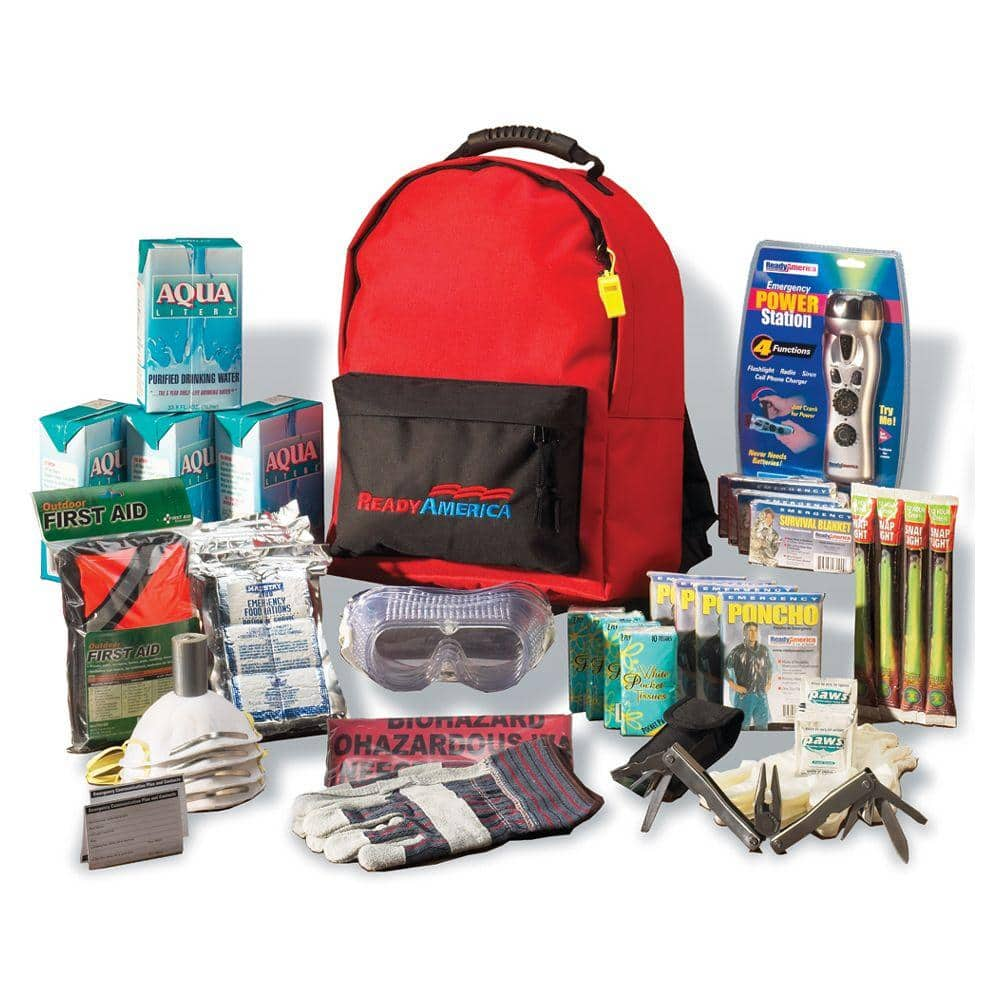Mastering the Art of Emergency Situation Readiness: Specialist Tips
Whether it be a natural calamity, a medical emergency situation, or a sudden dilemma, being prepared can make a considerable distinction in the result. Grasping the art of emergency situation readiness needs a mix of understanding, preparation, and strategic reasoning.
Value of Emergency Situation Readiness
Emergency situation readiness is a crucial facet of ensuring the security and health of individuals and neighborhoods despite unanticipated disasters and emergencies. EMERGENCY PREPAREDNESS. Being prepared can substantially reduce the influence of natural disasters, accidents, or other dilemmas that may arise. By having a well-thought-out emergency plan in position, communities and people can react successfully, possibly conserving lives and reducing damage
One vital reason that emergency preparedness is important is that it helps in decreasing panic and confusion throughout a dilemma. When people understand what to have and do exercised emergency procedures ahead of time, they are much more most likely to continue to be calm and make sensible choices in difficult scenarios. This can cause an extra orderly and reliable reaction, assisting in the defense of lives and residential or commercial property.
Moreover, emergency readiness cultivates durability within communities. By investing time and sources into readiness actions such as training, drills, and facilities renovations, areas can jump back a lot more quickly after a disaster. This resilience is important for long-lasting recuperation and sustainability, ensuring that communities can withstand future emergency situations.

Structure a Comprehensive Emergency Strategy
Because of the critical function emergency readiness plays in alleviating the influence of disasters and fostering community durability, the foundation for effective reaction lies in constructing a thorough emergency situation plan. EMERGENCY PREPAREDNESS. A comprehensive emergency situation plan works as a roadmap for companies and communities to properly coordinate resources, react to crises, and make sure the safety and health of individuals during emergency situations
Developing clear communication procedures ensures that information is shared effectively during emergency situations, helping with prompt decision-making. Routine training and drills help acquaint individuals with emergency situation treatments, ensuring a swift and reliable response when a dilemma takes place. Ultimately, a comprehensive emergency plan is crucial in enhancing readiness, response abilities, and total resilience in the face of catastrophes.
Important Products and Resources
When getting ready for possible calamities, guaranteeing accessibility to necessary products and resources is vital for effective emergency situation response and durability. Equipping up on non-perishable food things such as canned goods, healthy protein bars, and completely dry items is vital to sustain individuals and families during times of crisis when accessibility to fresh food may be limited (read review). Additionally, preserving a sufficient supply of water, with at the very least one gallon each daily for a minimum of three days, is necessary for hydration and cleanliness needs
Standard clinical supplies consisting of bandages, bactericides, medicines, and an emergency treatment package are vital for dealing with injuries and illnesses that may happen during emergencies. It is additionally important to have a battery-powered or hand-crank radio to stay educated about the situation and receive updates from authorities. Flashlights with added batteries, a multi-tool, and blankets ought to additionally be included in emergency situation supply packages to offer light, aid in navigation, and ensure heat and convenience. By proactively collecting these necessary materials, individuals can better equip themselves to face unanticipated difficulties with readiness and strength.

Communication Techniques Throughout Emergency Situations
Reliable communication methods play a critical role in ensuring prompt and precise circulation of details throughout emergency situations. Clear and succinct communication is vital for working with reaction efforts, giving directions to the public, and keeping every person informed about the developing situation. One crucial method is to develop numerous interaction channels to reach a wide target market. This might include using message alerts, social networks updates, public news, and typical media electrical outlets.
Throughout emergencies, it is very important to assign a spokesperson or a main interaction group to make sure uniformity in messaging and stay clear of complication. This marked person or group ought to be well-trained in situation interaction and with the ability of supplying information in a calm and calming fashion. Additionally, establishing a system for two-way communication can help collect real-time responses from the influenced individuals and address their needs better.
Moreover, making use of modern technology such as emergency situation alert systems and communication applications can simplify the circulation of important information and facilitate quick feedback efforts. By applying these interaction strategies, organizations and areas can boost their emergency situation preparedness and feedback capabilities, inevitably saving lives and decreasing the influence of calamities.
Training and Practice for Preparedness
An important aspect in guaranteeing readiness for emergency situations is the execution of regular training and technique sessions to improve feedback capacities and preparedness - check it out. Via regular training, emergency responders can familiarize themselves with methods, devices procedure, and decision-making procedures, inevitably boosting their effectiveness during situations
Training sessions should simulate sensible emergency situations to provide responders with hands-on experience in a regulated atmosphere. These simulations permit individuals to exercise their duties, examination communication systems, and recognize areas for renovation without the stress of an actual emergency.
Regular drills and exercises likewise assist groups develop cohesion and control, making certain that everyone understands their obligations and can interact effortlessly when encountered with a crisis. Furthermore, debriefing sessions complying with training exercises enable positive comments and the chance to learn from any mistakes made.
Final Thought
To conclude, understanding the art of emergency preparedness calls for a thorough plan, vital materials, effective interaction strategies, useful link and normal training. By prioritizing preparedness and taking positive procedures, communities and people can much better react to emergency situations and mitigate potential dangers - EMERGENCY PREPAREDNESS. It is essential to remain informed, stay ready, and continuously improve emergency situation response approaches to ensure the safety and health of all people involved

In verdict, mastering the art of emergency situation readiness needs a detailed strategy, crucial products, reliable communication strategies, and regular training.